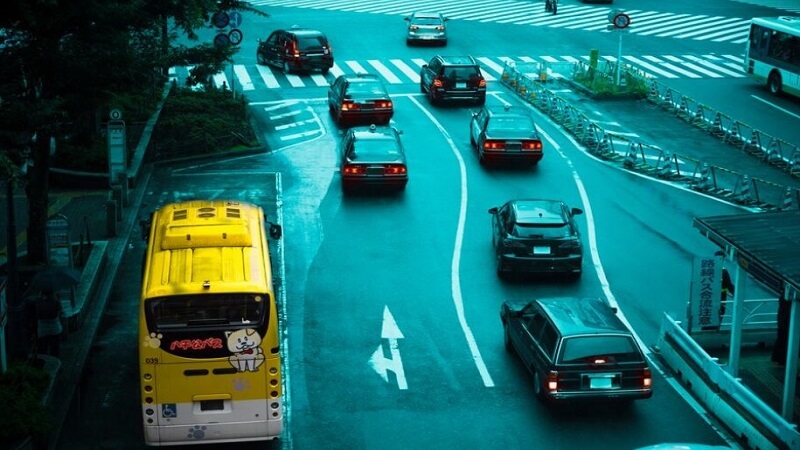The rapid rise of autonomous vehicles (AVs) has led to varying regulatory frameworks across the U.S. California and Arizona, in particular, offer contrasting approaches with significant implications for personal injury law. Attorney Steve Mehr, co-founder of Sweet James Accident Attorneys, notes that understanding these differences is crucial for navigating legal issues involving AVs. The regulatory landscape in each state not only affects how AV technology is deployed but also shapes how liability is determined in the event of accidents.
California’s Stringent Approach
California has long been at the forefront of autonomous vehicle technology. California’s regulations are strict, requiring companies to navigate a comprehensive framework before testing or deploying AVs on public roads. The California Department of Motor Vehicles (DMV) is responsible for issuing permits, mandating safety reports, and setting safety standards for autonomous vehicle testing. AV companies must also adhere to detailed accident reporting requirements.
One of the key features of California’s approach is the necessity for human oversight in testing. Even when operating autonomously, a human safety driver must be present during early phases of testing to intervene if needed. This regulation is designed to enhance public safety, but it can slow down the full deployment of AVs in the state. For personal injury law, this raises important questions about liability when an accident occurs involving both the autonomous system and the human driver.
California’s regulations emphasize data transparency, requiring AV companies to submit disengagement reports, which document instances when a human driver had to take control. These reports help regulators, and the public, assess AV performance and, in the event of an accident, are crucial for determining whether the fault lies with the human operator, the autonomous system, or both.
Arizona’s Open-Policy Approach
In contrast, Arizona offers a more permissive environment for autonomous vehicle testing. The state has made a name for itself as a testing hub due to its less restrictive regulations. Governor Doug Ducey signed an executive order in 2015 inviting AV companies to test Arizona’s roads without the need for human drivers. Unlike California, Arizona does not require the same detailed reporting or human oversight, allowing AV companies more freedom to test vehicles with fewer restrictions.
Arizona’s regulatory environment promotes faster deployment and innovation in AV technology. However, it also raises concerns about public safety and accountability. With fewer mandatory safety measures, the responsibility often falls on AV companies to ensure their vehicles meet safety standards. For personal injury law, this introduces complexities in determining liability. Without stringent reporting requirements, gathering evidence to prove fault in an accident becomes more difficult, which could lead to a heavier reliance on forensic analysis and expert testimony to establish the cause of the crash.
Implications for Personal Injury Law
The differing approaches in California and Arizona have significant implications for personal injury cases involving AVs. California’s detailed reporting requirements and the presence of human oversight make it easier to trace responsibility and collect the necessary data for legal proceedings. This level of transparency allows personal injury attorneys to gather comprehensive information, helping them build stronger cases for victims.
Arizona’s lack of stringent reporting may complicate the legal landscape. While the state promotes innovation, personal injury cases could become more complex due to the difficulty in pinpointing fault, resulting in protracted legal battles, requiring attorneys to dig deeper into the technology and processes behind the AV systems.
As self-driving cars continue to evolve, the regulatory frameworks in states like California and Arizona will significantly influence the legal landscape surrounding personal injury cases. California’s stringent regulations provide more transparency and protection for victims, while Arizona’s open-policy approach fosters rapid innovation but may create challenges for personal injury law. Steve Mehrnotes that while self-driving cars represent a major advance in transportation due to their safety and convenience, the legal challenges they pose—particularly in accidents—are often overlooked. Understanding these differences is crucial for both consumers and legal professionals navigating the future of autonomous vehicles.
